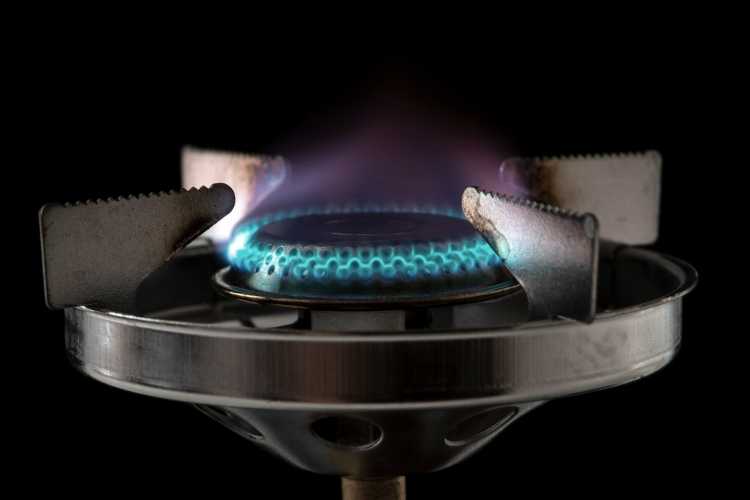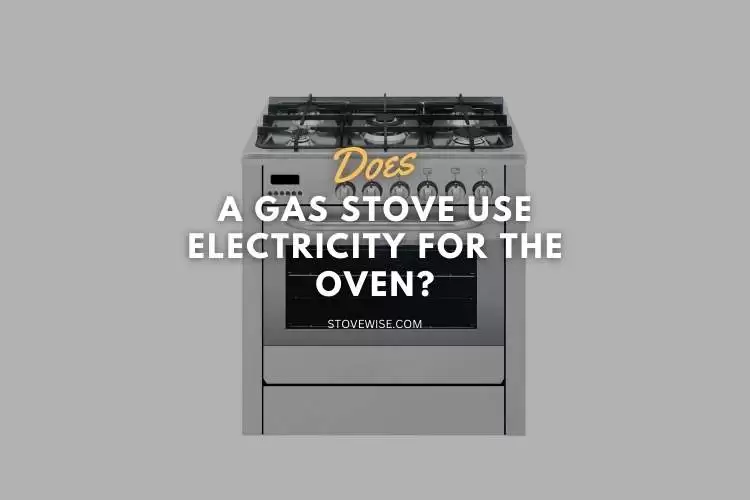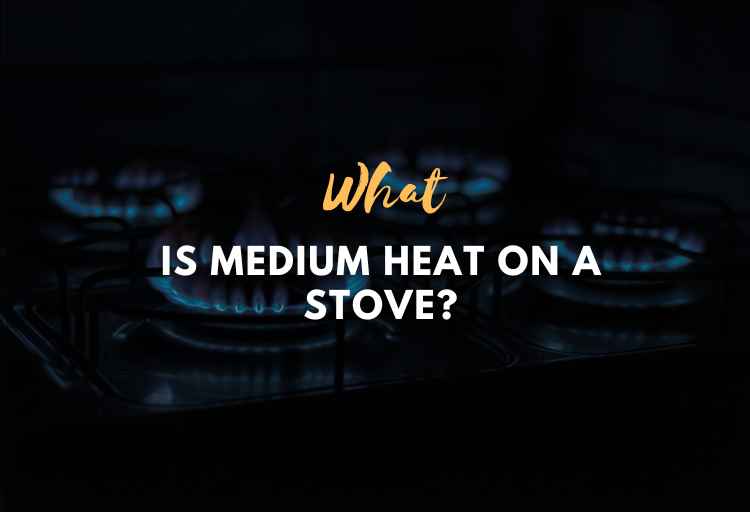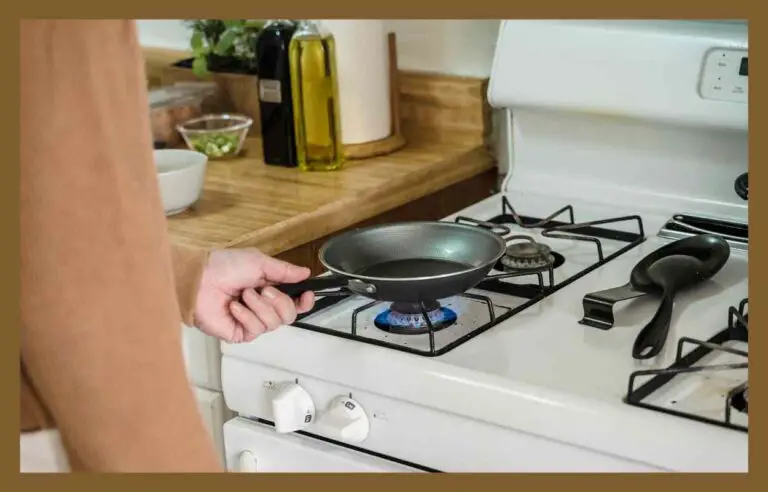Why Are Ovens Blue Inside?
Have you ever wondered why ovens have a blue interior? It turns out that there’s more to it than just a stylish design choice.
Why are ovens blue inside? Ovens are often blue inside due to a combination of aesthetic appeal and practical benefits. The blue color of the oven interior enhances the visibility of food by reflecting light more effectively than darker colors. Additionally, the blue coating helps retain heat around the cooking vessel, promoting even and efficient cooking.
The blue color inside the oven helps retain heat around your food, ensuring even cooking and better visibility. While the blue interior may vary across different oven brands, it has become a popular choice among consumers for its visually pleasing and functional attributes.
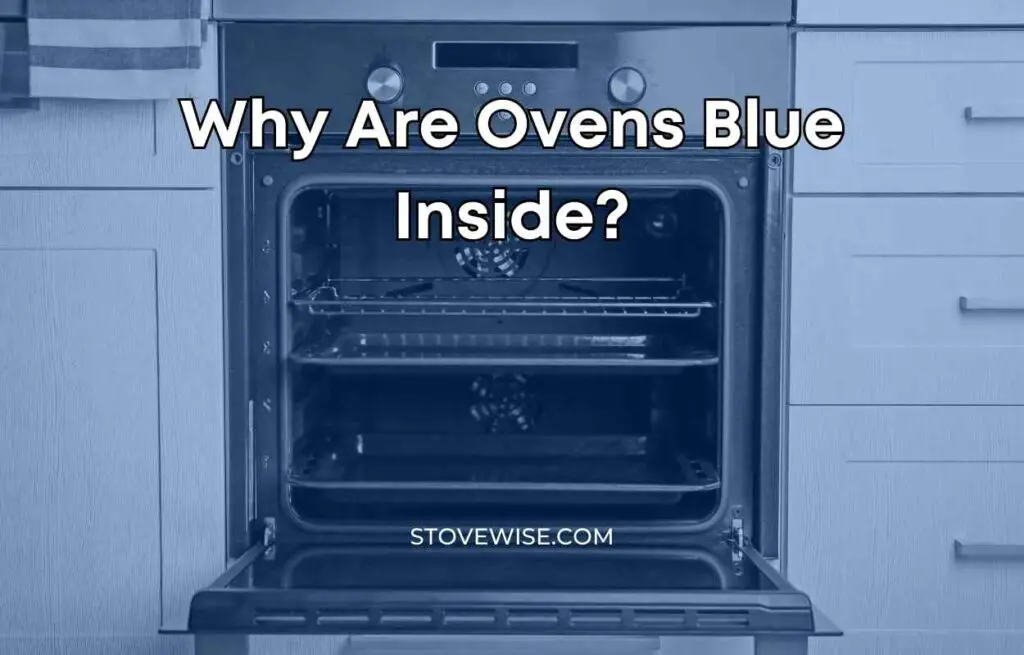
Contents
- Why Are Ovens Blue Inside?
- Which Colors Are Ideal for an Oven?
- What Are Oven Walls Made Of?
- Can You Use Easy-Off on Blue Porcelain Oven?
- How Do You Clean a Blue Oven?
- How to Clean Blue Porcelain Oven?
- How to Clean Kitchenaid Oven Blue Interior?
- Why Is the Inside of My Oven Purple?
- Why Is My Gas Range with Blue Interior
- Why Are Lg Ovens Blue Inside?
- Why Is Samsung Oven Blue Inside?
- How to Clean Lg Oven Blue Inside?
- What If Your Oven Isn’t Blue Inside?
Why Are Ovens Blue Inside?
The blue interior of ovens serves both functional and aesthetic purposes. The blue color is chosen due to its ability to reflect light more effectively than darker colors, thus enhancing the visibility of the food inside the oven.
This allows users to monitor the cooking process without having to open the oven door frequently, leading to better heat retention.
The reflective nature of the blue color also contributes to a more appealing presentation of the food, as it complements its appearance. Additionally, the blue interior is relatively easy to clean and does not discolor over time.
Which Colors Are Ideal for an Oven?
When considering the ideal colors for an oven, several factors come into play. Generally, light colors such as white, cream, or stainless steel are popular choices.
These colors have practical advantages, as they tend to reflect heat more effectively than darker colors, resulting in better heat distribution and energy efficiency. Light-colored ovens also offer better visibility of the food inside, allowing users to monitor the cooking process easily.
Additionally, light-colored ovens are less prone to showing stains and fingerprints, making them easier to clean and maintain. Aesthetically, light colors provide a clean and modern look that can complement various kitchen designs.
What Are Oven Walls Made Of?
Oven walls are typically constructed using materials that can withstand high temperatures and provide effective insulation. The most common materials used for oven walls are stainless steel and porcelain-enameled steel.
Stainless steel offers durability and is resistant to corrosion, making it suitable for withstanding the extreme heat generated inside an oven. However, stainless steel surfaces can be difficult to clean as they are not non-stick.
Porcelain-enameled steel, on the other hand, is a popular choice due to its non-stick properties, making it easier to clean and maintain. The porcelain coating also provides a smooth and attractive finish.
However, it is susceptible to chipping or scratching, which can expose the underlying metal to rust. Both stainless steel and porcelain-enameled steel are widely used in oven manufacturing, with the choice depending on factors such as durability, cleaning ease, and aesthetic preferences.
Can You Use Easy-Off on Blue Porcelain Oven?
Easy-Off is a commonly used oven cleaner that contains powerful chemicals such as sodium hydroxide and amphoteric surfactants. It is designed for use on various oven surfaces, including stainless steel, enamel, and glass ceramic.
When it comes to a blue porcelain oven, Easy-Off can also be used effectively. The degreaser’s powerful formulation allows it to remove stubborn grease and grime from the oven walls.
To use Easy-Off on a blue porcelain oven, simply spray the cleaner onto the oven walls and let it sit for a few minutes to penetrate the dirt and grease. Then, using a sponge or cloth, scrub the surface to remove the residue.
It is important to rinse the area thoroughly after cleaning to ensure no cleaner residue is left behind. It is recommended to follow the manufacturer’s instructions and precautions when using Easy-Off or any other cleaning product on your blue porcelain oven to ensure safe and effective results.
How Do You Clean a Blue Oven?
Cleaning a blue oven can be a relatively straightforward process, and several methods can effectively remove dirt and grime. One approach involves using natural cleaning agents such as white vinegar and lemon.
To deep clean a blue oven using vinegar, first, remove the oven rack and baking sheet. In a container, mix white vinegar with baking soda and a little water to create a solution. Using a sponge, apply the solution to the oven walls, ensuring thorough coverage.
Place the container with the remaining solution in the oven and close the door. Heat the oven to 100°C for approximately 50 minutes. Afterward, remove the dirt residues with a sponge or cloth. Alternatively, you can use lemons to clean a blue oven.
Squeeze the juice from two lemons into a bowl and apply it to the dirty walls using a brush or sponge. Allow the lemon juice to sit for five minutes, then heat the oven to 250°C for approximately 30 minutes.
Finally, wipe the walls with a sponge or cloth to remove the loosened dirt. These natural cleaning methods can help maintain the cleanliness and appearance of a blue oven without causing damage or discoloration.
How to Clean Blue Porcelain Oven?
Cleaning a blue porcelain oven requires careful attention to avoid damaging the delicate surface. Begin by removing any removable parts, such as racks and trays, from the oven.
For light cleaning, a mixture of mild dish soap and warm water can be used. Gently scrub the interior surfaces using a non-abrasive sponge or cloth. Rinse thoroughly with water to remove any soap residue.
For tougher stains or baked-on grease, a paste made from baking soda and water can be applied to the affected areas. Allow the paste to sit for a few hours or overnight, then scrub gently with a soft sponge or cloth.
Rinse thoroughly with water to remove all traces of the baking soda paste. Avoid using harsh or abrasive cleaners, as they can scratch or damage the porcelain surface.
Additionally, it is important to avoid using metal scouring pads or sharp utensils that could cause scratches. Regular cleaning and prompt attention to spills and stains can help maintain the beauty and functionality of a blue porcelain oven.
How to Clean Kitchenaid Oven Blue Interior?
To clean a KitchenAid oven with a blue interior, start by removing any removable parts, such as racks and trays.
Mix mild dish soap with warm water and use a non-abrasive sponge or cloth to gently scrub the interior surfaces. Rinse thoroughly with water to remove any soap residue.
For grease, make a paste using baking soda and water, apply it to the affected areas, and let it sit for a few hours or overnight. Then, scrub gently with a soft sponge or cloth and rinse thoroughly.
Avoid using harsh or abrasive cleaners that can damage the blue interior. Regular cleaning will help maintain the oven’s appearance and performance.
Why Is the Inside of My Oven Purple?
The purple color inside your oven is a result of a glass-coated steel surface that has been applied during the manufacturing process. This coating helps to reflect heat and prevent UV rays from exiting the oven.
The purple color not only adds a visually appealing touch to the oven’s interior but also enhances the even cooking of food by maintaining consistent heat distribution.
Additionally, when the oven lights are turned on, the purple hue creates an aesthetically pleasing ambiance while allowing better visibility of the food being cooked.
Why Is My Gas Range with Blue Interior
A gas range with a blue interior is designed to provide enhanced heat retention and visibility during cooking. The blue color of the interior helps to reflect light more effectively, allowing you to easily see your food through the oven window.
This improved visibility can aid in monitoring the cooking progress and preventing overcooking or burning. Furthermore, the blue interior helps to retain heat around the cooking pans, promoting more efficient and even cooking results.
The aesthetic appeal of a blue interior adds a touch of modernity and sophistication to the gas range, enhancing the overall kitchen decor.
Why Are Lg Ovens Blue Inside?
LG ovens are blue inside to offer several benefits to users. The blue interior of LG ovens enhances heat retention around the cooking pans, leading to more efficient cooking.
The blue color also reflects light better, providing improved visibility of the food inside the oven. This allows users to monitor the cooking progress without the need to open the oven door, thus maintaining a consistent cooking temperature.
Additionally, the blue interior adds an aesthetic appeal, complementing the overall design of the oven and enhancing the visual experience in the kitchen.
Why Is Samsung Oven Blue Inside?
Samsung ovens feature a blue interior for several reasons. The blue color enhances heat absorption, allowing for more efficient and even cooking.
It also helps retain heat around the cooking pans, ensuring consistent temperature distribution. The blue interior enhances visibility, allowing users to monitor their food without opening the oven door and disrupting the cooking process.
Additionally, the blue color adds an aesthetic appeal to the oven, complementing modern kitchen designs and providing a visually pleasing cooking experience.
How to Clean Lg Oven Blue Inside?
To clean an LG oven with a blue interior, there are several steps you can follow. Start by removing the oven racks and any other removable accessories.
Create a cleaning solution using mild dish soap and warm water. Dip a sponge or cloth into the solution and gently scrub the interior walls of the oven, paying attention to any stubborn stains or residue.
For tougher stains, you can use a non-abrasive cleaner recommended by LG. Rinse the interior thoroughly with clean water and wipe it dry with a soft cloth.
Ensure all cleaning agents are removed to prevent any unpleasant smells or flavors during future use. Finally, reinsert the oven racks and accessories once the interior is completely dry.
What If Your Oven Isn’t Blue Inside?
If your oven isn’t blue inside, it simply means that it has a different interior color. Ovens come in various colors, including white, black, gray, or stainless steel. The color of the oven interior is primarily determined by the manufacturer’s design choices and customer preferences.
While a blue interior is known to offer benefits like heat retention and improved visibility, ovens with different interior colors can still provide efficient cooking performance. The interior color of an oven does not significantly impact its functionality or the cooking process.



